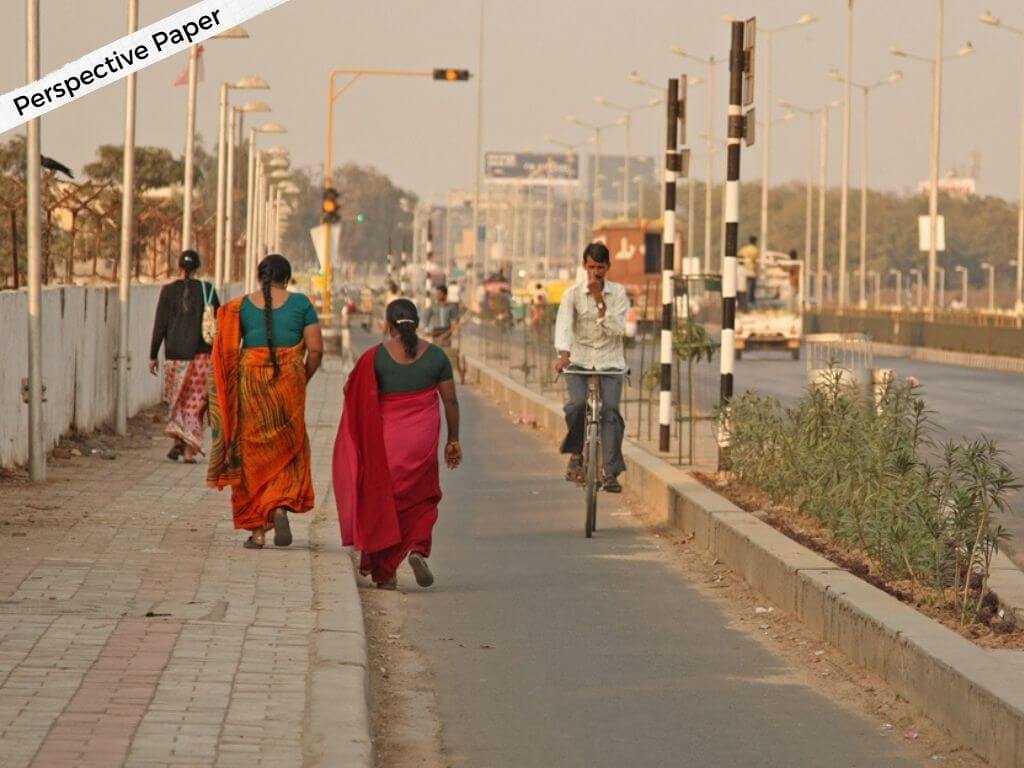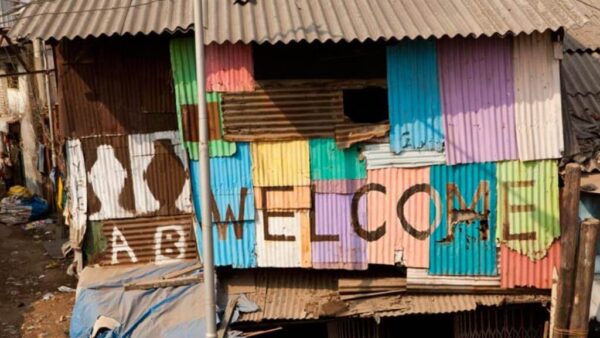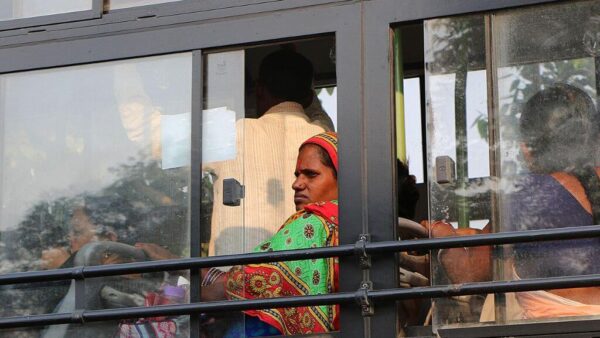Gender – it’s everywhere in our cities even if we do not incorporate it into decision-making. Studies and reports, from national and international organisations, have established beyond doubt that women and other genders interact with their cities differently from the way men do. Cities are not, and cannot be, gender-neutral. It follows then that gender inclusion should be a significant factor in the vision, planning, design and development of cities.
Yet, city-making or urban development is discussed through the classic ‘one-size-fits-all’ approach resulting in cities and their services becoming unsuitable, inconvenient, or unsafe for women and other genders. Urban or city planning is still largely a male domain that, more often than not, adopts a gender-neutral lens. The golden ratio of the ‘Modular Scale’, the measure for urban design, continues to be that of an average man. Such gender-blind development of city infrastructure leads to social, cultural, political, and economic exclusion of almost 50 per cent of the population.
In day-to-day life in a city, gender-neutrality – more accurately, gender-blindness – translates into physical and social infrastructure which is best suited for the average man, whether the height of steps in buildings, size of a seat in vehicles, shape and height of holding bars in buses and metro trains, or security systems, lighting level on streets, arrangement of streets and carriageways, and land-use planning. Social services rarely address women’s needs such as informal workplaces, day-care centres for children, safe hostels and transit accommodation for migrant women who arrive in cities, affordable homes for women-led households, safe and easy access to neighbourhood markets or recreation and leisure spaces at all times.
The fear or experience of sexual violence influences women’s everyday decisions about lifestyles, mobility, work and leisure, use of public spaces, political representation and participation. A joint study by Akshara and Hindustan Times a few years ago showed that 95 per cent of 5,000 women interviewed in Mumbai had faced sexual harassment in their lives. Often, the harassment comes from authorities themselves such as the local police cracking the whip on non-binary genders, transgenders and so on.
It’s non-negotiable that cities have to be planned and built with gender sensitivities to include needs and behaviours of women and other genders.
Urban planning and city services have come some distance in the past few years but this is not nearly enough. On the few occasions when gender is discussed in the context of urban design or planning, it almost always places women and other genders as end-users or “beneficiaries” who receive a gender-sensitive service and must be grateful for it. This is an inherently flawed approach. Women and other genders must be seen as equal participants in the planning process, contributing to the design of services and infrastructure in cities.
Women are agents of change in a society and are best equipped to initiate social change in their communities. Only when this is fully recognised and made an inalienable part of urban planning will cities have a chance to be more inclusive and accommodative. How do we make this happen? Different cities may adopt different routes but a minimum level of participation in the planning process must begin. This calls for work within the system – initiatives of evolved politicians or bureaucrats – and some work from civil society groups and organisations.
Women in a city are also divided by caste, class, regional and other factors. Women’s representation in urban planning and design must take into account voices across the spectrum, bearing in mind that upper-class women find it relatively easier to make themselves heard. Women living and working in slums and informal workplaces, other genders forced to live on pavements and so on have to be included in this representation – and the onus lies on both the system and social groups.
The lack of a gender lens in planning-designing cities has led to an issue that’s rarely discussed – structural inequality and lack of social capital. Whether in public transport or housing, in civic services or public spaces, urban assets and conveniences, structural inequalities are deeply felt by women and other genders. Women who work late at night, for example, must be able to negotiate their way home in safe and reliable public transport; they should not have to spend more on their daily commute than men for the same distance.
Informality, a quality of cities that’s hailed all over as a desirable break from the rigidities of the rural, often works against women and other genders. For example, the informal economy places a higher burden of work on women and at a lower wage; informal housing means women struggle to access even a basic service like safe sanitation within their homes or bastis; informal workspaces such as others’ homes or small shop units make women more vulnerable to sexual harassment without easy recourse to anti-harassment measures. So, informality in cities, while largely desirable for its energy and possibilities, must be tuned to the needs of women and other genders too.
Much of what is built and hailed as a public space in a city is often out of bounds for women given the prevailing notions of public-private space. A woman’s place is primarily seen as the home or the ‘private’ sphere, while the ‘public’ space naturally belongs to the man where women are required to justify their presence or be an easy target for harassment – sometimes both. Even the simple act of loitering by women is seen as a transgression in a community. This becomes worse with marginalised groups such as Muslim or Dalit women who must justify their presence even more. Trans-women are often thrown out of women’s compartments in local trains.
Gender inclusion in cities – from planning and design to implementation and use – will have to push the boundaries of public and private, and challenge the conventional concept of urban planning itself, including addressing issues of sustainability and ecological justice.
In Mumbai, women’s groups were able to ensure some aspects of this understanding became part of the Development Plan 2014-34. A beginning has been made with land reservations for services and amenities meant for women and other genders such as multipurpose housing for women, child care and senior citizen care centres, skill development centres, and so on. However, the process to make this a reality is a slow and painful one.
Gender mainstreaming calls for deeper engagement in urban planning and design process, and going further in urban governance and management structures. The Right to the City should not only mean the right to reside in urban spaces for women and other genders but equally the right to participate in a city’s ongoing work of creation, production, negotiation and expansion. Cities such as Vienna, Seoul, Barcelona and Vancouver have been transformed and have become accessible and safe not only for women but for all.
How can we make cities more gender-inclusive? How can we transform the prevailing urban planning model to ensure gender sensitivity in design and policy making? What are the strategies to ensure safety and improved access for women and other genders? How can women and other genders claim their legitimate share in the physical, social, and ecological spaces of the city? These and many similar questions need to be addressed consistently, with depth and sensitivity. A platform such as this gives hope and creates space for these dialogues.
Dr. Nandita Shah is a gender and social activist, teacher, writer and co-founder of Akshara Centre, a Mumbai-based women’s rights organisation.
Cover photo: Creative Commons




